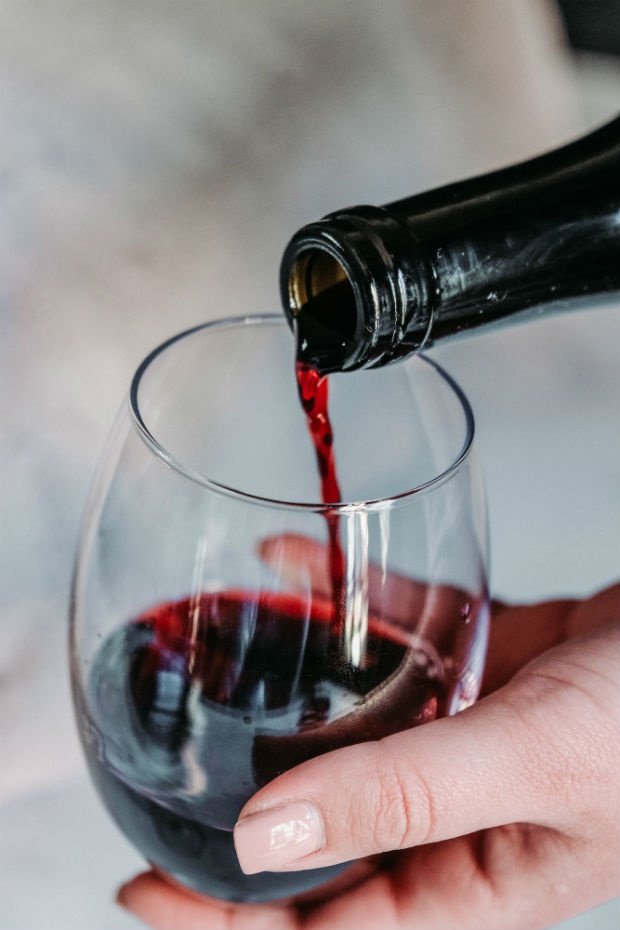W.C Fields famously said “I love cooking with wine, sometimes I even put it in the food” and if ever there was a quote we connect with, it’s this one. All jokes aside, though, if you’re not cooking with wine, you’re only reaching half of your potential. Here’s how and why to do it, as well as the best wines to use.
Understand what wine actually does in food
While most recipes will tell you to add wine, there’s not much explanation behind what it actually does in food. It adds a considerable amount of flavour through acidity and a touch of sweetness, depending on what wine you’re using. While you could use lemon juice and vinegar, there’s a higher chance it will cook away or over-reduce and become bitter or astringent. With wine, you’re able to add it at an early stage in the cooking process, which contributes to the overall flavour depth.
Keep unfinished bottles for cooking
There’s a strong school of thought that says you shouldn’t use wine in cooking that you wouldn’t drink, which really is something that comes down to your budget (but more on that later). The best way to make wine a permanent part of your cooking is to save any opened leftover bottles for cooking. Instead of pouring your week-old red you forgot about down the sink, simply pop it in the fridge to cook with instead. This saves you from having to specifically go out and buy wine to cook with.
Don’t use undrinkable wine, but don’t blow the budget either
Now to address which types of wine to use. Firstly, this is not the time to use your ’89 Chateauneuf du Pape, because while the finer nuances of the wine will intensify, you don’t necessarily need your coq au vin to burst with the rich raspberry and plummy fruit flavours in the same way the wine does. On the other end of the scale, stay far far away from ubiquitously-named cooking wine. Cooking wine has a high amount of added salt and sugar, and tastes positively vile, which could ultimately affect the flavour of your final dish. Don’t take the chance – pick up a cheaper but still drinkable bottle of wine instead. As for red versus white, it depends on what you’re cooking, although there really are no set rules. Generally, red wine and red meats work well together (just stay away from particularly tannic reds) and the same goes for white meat and white wine. However, using white wine in place of red in a meaty braise can lighten the overall dish, and using red wine in something like a risotto can add a richer, deeper flavour.
Cook it out properly
Deglazing is the best way to remove small caramelised bits of food stuck to the bottom of a pan, and while you can use any liquid to do it, wine really is the best man for the job because of the flavour it adds. Similarly, even in braises, deglazing the pan once you’ve browned whichever protein you’re using will ensure you pick up all that flavour stuck to the bottom of the pan, but it also gets the alcohol cooking off at a faster rate. This is important because you need to ensure your alcohol is cooked off properly or the resulting taste will resemble something like hot, savoury wine. The best way to check if the alcohol has cooked off is to use your nose – once you’ve added the wine, you’ll be able to smell that boozy scent. Make sure it’s gone before moving on to the next step of your recipe.
Alternative cooking methods
There’s really nothing wine can’t do. In addition to forming the base of most braises and sauces, it also makes a pretty mean marinade (as the acidity acts as a tenderiser), as well as a poaching liquid for fruit to add into desserts. The next time you want to make a custard, take it one step further and make a sabayon, with a wine base whisked in with the eggs and sugar. You can also make your own vinegar with leftover wine or sparkling wine.

